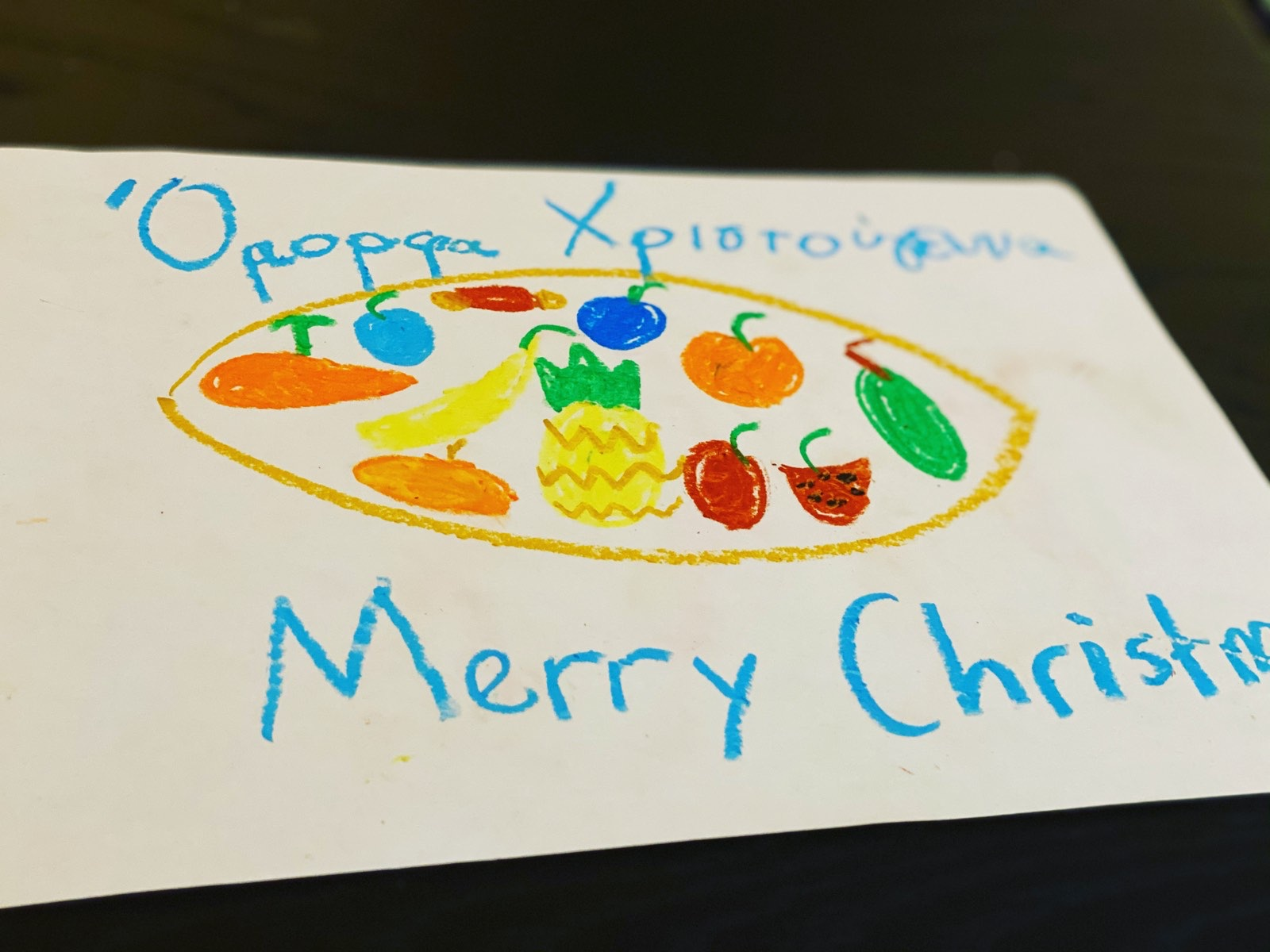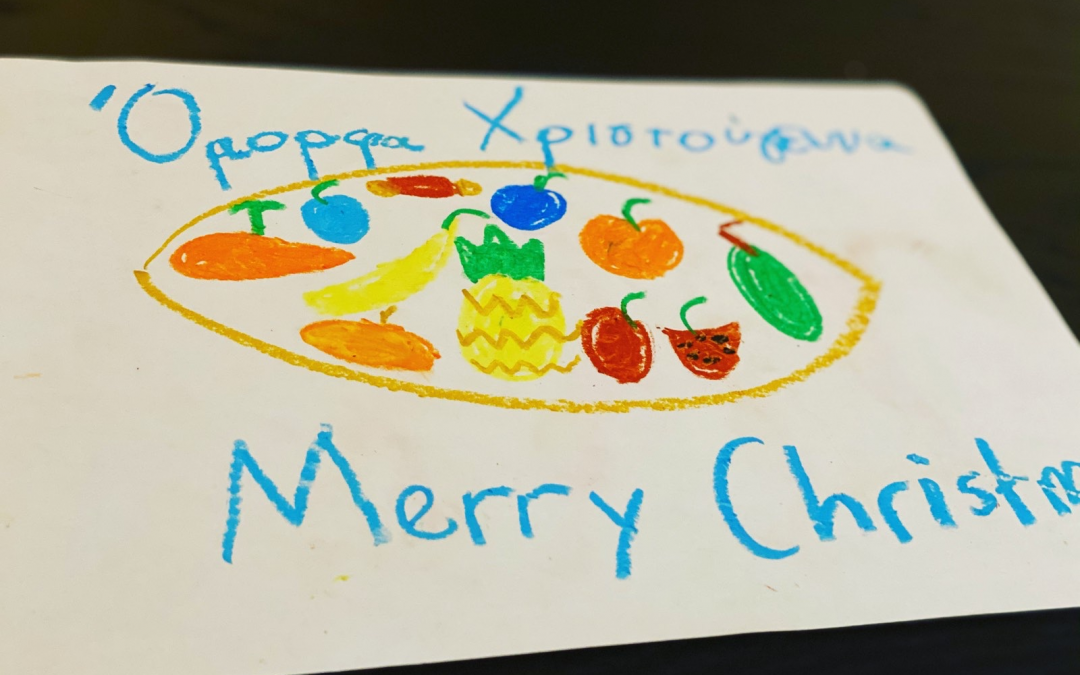Veganism in Cyprus and kids..

As we seek to lessen our impact on the planet, more and more people are looking to a plant-based or vegetarian diet. That is why I felt the need to come up with a Vegan guide that I can’t wait to present to you soon. Until then I was asked many times lately, how do you go about raising children when on a vegan diet and way of living.
If you are new to a vegetarian diet or veganism (or are meat reducing) you might have questions about whether this is appropriate for your child. The simple answer is yes it can be! It just needs a little more planning. In this post I’m going to run through some key nutrients to consider, how to encourage a varied diet and talking about the foods we eat with our children and others.
Key nutrients
Eating a varied diet – with lots of different beans, pulses, eggs and dairy (if you eat them), veggies, nuts and seeds (ground or as butter) and grains – is the a good way to ensure your child is meeting their nutritional needs.
If you are vegan, or your child has allergies, speak to a dietician about whether supplements are necessary.
Iron
Include lots of iron rich foods in your child’s diet. Non-animal sources of iron can be harder for your body to absorb so eating vitamin C rich foods alongside will help absorption (this can be a quick squeeze of fresh lemon or some fresh tomato or fruit).
Vegetarian sources of iron include; dark leafy greens, legumes (including tofu), wholegrains, nuts and seeds, eggs and dried fruit.
Protein
I guarantee every vegetarian or vegan has been asked at some point about protein! But don’t fret, there are loads of vegetarian and plant-based sources of protein.
Complete proteins (meaning they contain all 9 amino acids your body needs to build proteins) include; eggs, dairy, soy beans, chia and hemp seeds and pseudo cereals such as buckwheat and amaranth.
Legumes, nuts and seeds and wholegrains are incomplete proteins, but by combining them you can form complete proteins. For example, a traditional Cypriot fakorizo (lentils with rice) topped up with pumpkin seeds is a perfect meal.
Calcium & Iodine
Plant-based sources of calcium include; sesame seeds, almonds, leafy green vegetables, tofu and fortified products.
Dairy is the best vegetarian source of iodine, so if you are dairy-free look out for iodine fortified plant-based milks and yoghurt.
Vitamin B12
Vegetarian sources are primarily dairy and eggs. If you are vegan look out for fortified foods and plant milks, and you might want to consider a Vitamin B12 supplement. You can find out more in our vegan booklet which will be out soon.
Omega 3
The most readily available source of Omega 3 is found in oily fish but it can also be found in walnuts, chia seeds, hemp seeds and flaxseeds (although in lower quantities). You might want to consider a vegetarian omega supplement.
Tips for encouraging variety
Sometimes a varied diet is easier said than done, especially if your child is going through (totally normal!) periods of fussiness. Here are some things you might want to try.
One meal for all the family
All the family eating the same is a great way to encourage your child to eat more variety. Get used to seasoning/adding salt at the end for adults.
Eating family style
Family style means laying the table with different dishes and letting your child serve themselves – giving them autonomy over what they put on their plate. Always try and serve a “safe” food (e.g. a vegetable you know they like) as an accompaniment so there is something they feel comfortable eating. For younger children, using a divider plate gives them the same freedom to choose which elements to eat.
Toppings
Toppings are a great way to boost nutrition to dishes (by adding extra sources of healthy fats, protein or vitamin C), but they are also a fun way to get children involved in decorating their dishes!
A couple of examples of dishes and toppings are:
• Casserols: tempered spices, yoghurt, pickled onions/vegetables, toasted nuts and seeds, fresh tomatoes, lemon / lime, pomegranate, olives, avocado etc.
Use veggies creatively
Bright coloured veggies, like spinach and beetroot, can add loads of colour to dishes to make them fun and enticing for your children. Carrots, butternut squash and sweet potato can be used to add natural sweetness and flavour to dishes (as well as adding nutrients!).
New flavours & safe environment
If you have a hesitant eater don’t change too much at once as that can be overwhelming.
For example, if they consistently like pasta, introduce new veggies alongside pasta (or as a sauce). Bread crumbing different vegetables can be an easy way to introduce new ones (and you can add extra nutrition in the crumb if you use things like quinoa or ground almonds alongside breadcrumbs).
Talking about diet
You might find yourself dealing with questions from “well meaning” family members, friends or strangers. How you deal with this is very much a personal preference.
Here are some tactics to consider:
• Remember all diets will be formed by our own personal values and cultural norms. If you choose to eat meat, what meat, where does it come from etc will all be decisions you make on behalf of your child. Choosing a vegetarian or plant-based diet is simply an extension of this.
• Know your facts! Reading up on the nutrients your child needs (and perhaps a discussion with a dietitian) will give you confidence.
• You might prefer to discuss climate change or sustainability reasons. It’s likely that when our children are adults they will be eating a very different diet to what we eat, so why not start them off on a sustainable diet?
And finally, how do you talk to your child about dietary choices! I’ve personally taken a more factual approach – “I don’t eat meat, but some people do”. I’ve also left it for my children to decide if they want to eat meat when they want- but they understand why I don’t eat it.
One of the best bits about the rise in popularity of vegetarian and vegan diets is that it’s becoming more “normal” but we do have a long way ahead of us especially in our island. Schools and nurseries now generally provide a vegetarian menu. Plus you are more likely to find your children’ peers might be veggie/vegan or meat reduced too!
All and all make sure that you do what feels right to you! A Mediterranean way of veganism is what I believe in and I am so excited to present my Vegan Guide soon!



